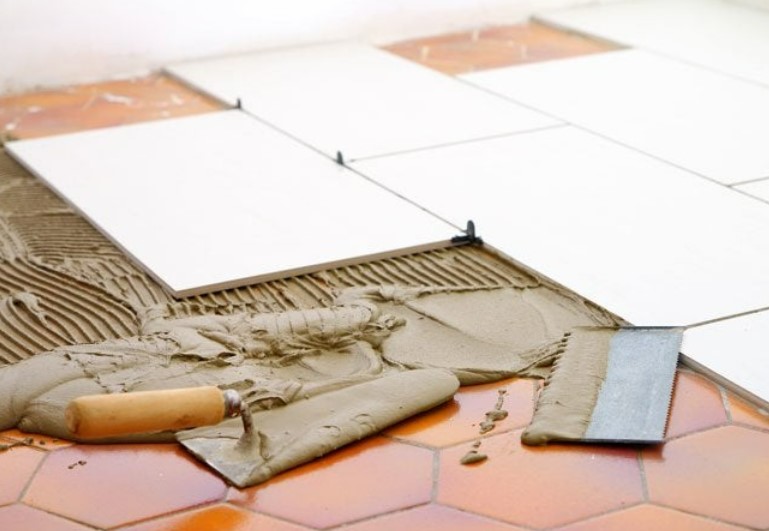Matching new tiles to existing tiles can be a bit tricky, especially if you’re trying to achieve a seamless and cohesive look. Here are some steps you can follow to ensure a good match:
- Take a Sample Tile: If possible, take a sample of the existing tile with you when you go shopping for new tiles. This will make it easier to find a close match in terms of color, texture, and size.
- Bring Photos: If you can’t bring a physical sample, take clear photos of the existing tiles. This will give you a visual reference to compare with potential new tiles.
- Consider the Basics:
- Size: Measure the size of the existing tiles. This is crucial as even a slight variation can be noticeable.
- Color and Pattern: Pay close attention to the color and pattern of the existing tiles. Try to find new tiles that closely resemble them.
- Grout Color: Take into account the color of the grout used with the existing tiles. The grout color can greatly affect the overall appearance.
- Finish and Texture: Pay attention to the finish (e.g., glossy, matte) and texture (e.g., smooth, textured) of the existing tiles. Try to match these characteristics with the new tiles.
- Test in Different Lighting: Tiles can look different under various lighting conditions. Bring samples home and observe them in the same lighting conditions as your space.
- Consider Tile Variations: Natural stone tiles, like marble or granite, often have a range of natural variations in color and pattern. If you’re working with natural stone, consider these variations and try to find a close match.
- Ask for Professional Advice: If you’re unsure about which tile to choose, consider seeking advice from a professional interior designer or a tile specialist. They have experience in matching tiles and can provide valuable insights.
- Purchase Extra Tiles: Once you’ve found a match, consider buying a few extra tiles. This is important in case of any future repairs or replacements.
- Blend Old and New: If you can’t find an exact match, you might consider creating a design that intentionally incorporates both the old and new tiles. This can be done by using them in a pattern or border.
- Consider a Transition: If it’s not possible to find a perfect match, consider using a transition element like a decorative border or a contrasting tile to create a deliberate separation between the old and new tiles.
Remember, achieving a perfect match might not always be possible, especially if the existing tiles are discontinued or rare. In such cases, it’s important to aim for a complementary look that harmonizes with the existing tiles.

